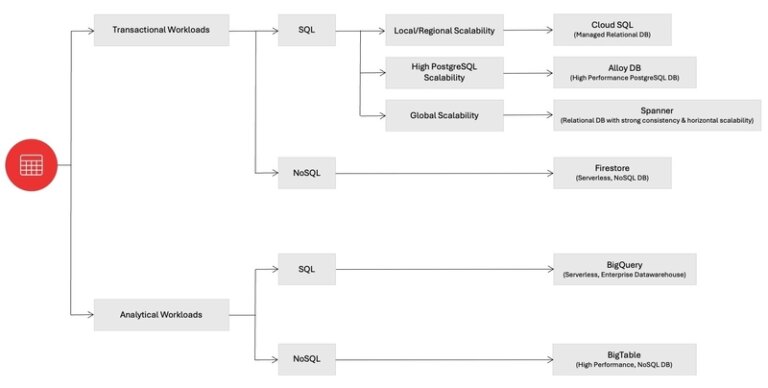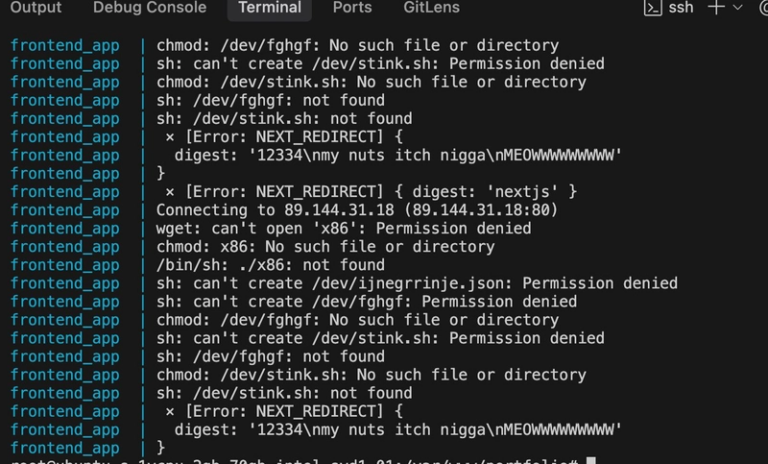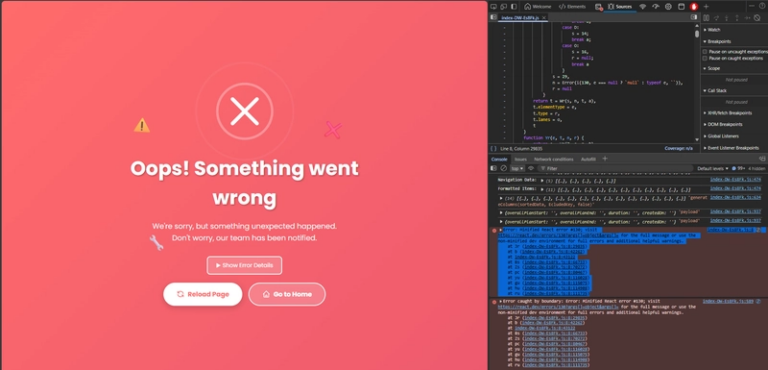Laravel Testing – A Beginner-Friendly Guide for Developers
Testing is one of the most crucial parts of building scalable, bug-free Laravel applications. Whether you’re a solo developer or part of a team like WeDev, learning how Laravel handles testing will not only improve your code quality but also boost your confidence during deployment.
In this post, I’ll walk you through the essentials of Laravel testing in a friendly and practical way — including PHPUnit basics, Laravel’s testing structure, and the core testing philosophy like TDD and SUT. Let’s get started!
🔧 1. PHPUnit – The Engine Behind Laravel Testing
Laravel uses PHPUnit under the hood as its testing engine. If you’ve never heard of PHPUnit before — no worries. It’s a popular testing framework for PHP that lets you write automated tests to verify your application works as expected.
Laravel comes bundled with PHPUnit support, so you don’t need to install it separately. Just make sure your dependencies are up to date:
composer install
📂 2. The tests/ Directory – Where Tests Live
Laravel has a dedicated tests/ directory at the root of your project. This folder is automatically available when you create a new Laravel app.
Inside this folder, you’ll find two main subdirectories:
✅ Feature/
Used for testing end-to-end behaviors — routes, HTTP requests, controllers, etc.
Think of it as: “How does my app behave from the outside?”
✅ Unit/
Used for testing individual classes or methods — things like helpers, services, or business logic.
Think of it as: “Is this specific method doing what I expect?”
🧠 3. What Is SUT (Subject Under Test)?
In testing terminology, SUT stands for Subject Under Test. It refers to the actual function, class, or feature you’re trying to test.
For example:
public function testTotalPriceCalculation() {
$cart = new ShoppingCart();
$this->assertEquals(100, $cart->total());
}
Here, the ShoppingCart is your SUT. You’re checking if the behavior (total()) works as intended.
🧪 4. TDD – Test Driven Development (Laravel Makes It Easy!)
TDD stands for Test-Driven Development, a technique where you:
- Write a failing test first.
- Write just enough code to pass the test.
- Refactor your code while keeping the test green.
Laravel supports TDD beautifully, especially when combined with tools like Pest or Laravel Dusk (for browser testing).
⚙️ 5. Configuration File: phpunit.xml
Laravel includes a pre-configured file named phpunit.xml, which lives in your project root. This file contains default settings like:
- The test paths (
tests/) - The environment settings for testing (
env=testing) - Coverage configuration
Unless you’re customizing deeply, you usually don’t need to touch this file.
🏃♂️ 6. How to Run Your Tests
Laravel gives you a simple artisan command to run your tests:
php artisan test
Alternatively, you can use the raw PHPUnit command:
vendor/bin/phpunit
Laravel’s test runner adds extra polish, including a beautiful output and even error highlighting.
🧱 7. The AAA Pattern – Arrange, Act, Assert
Almost every good test follows this structure:
🅰️ Arrange
Set up everything you need to test — inputs, mocks, dependencies.
$user = User::factory()->create();
🅰️ Act
Call the function or endpoint you’re testing.
$response = $this->actingAs($user)->get('/dashboard');
🅰️ Assert
Check the result — did it work as expected?
$response->assertStatus(200);
Putting it all together:
public function testUserCanViewDashboard()
{
// Arrange
$user = User::factory()->create();
// Act
$response = $this->actingAs($user)->get('/dashboard');
// Assert
$response->assertStatus(200);
}



